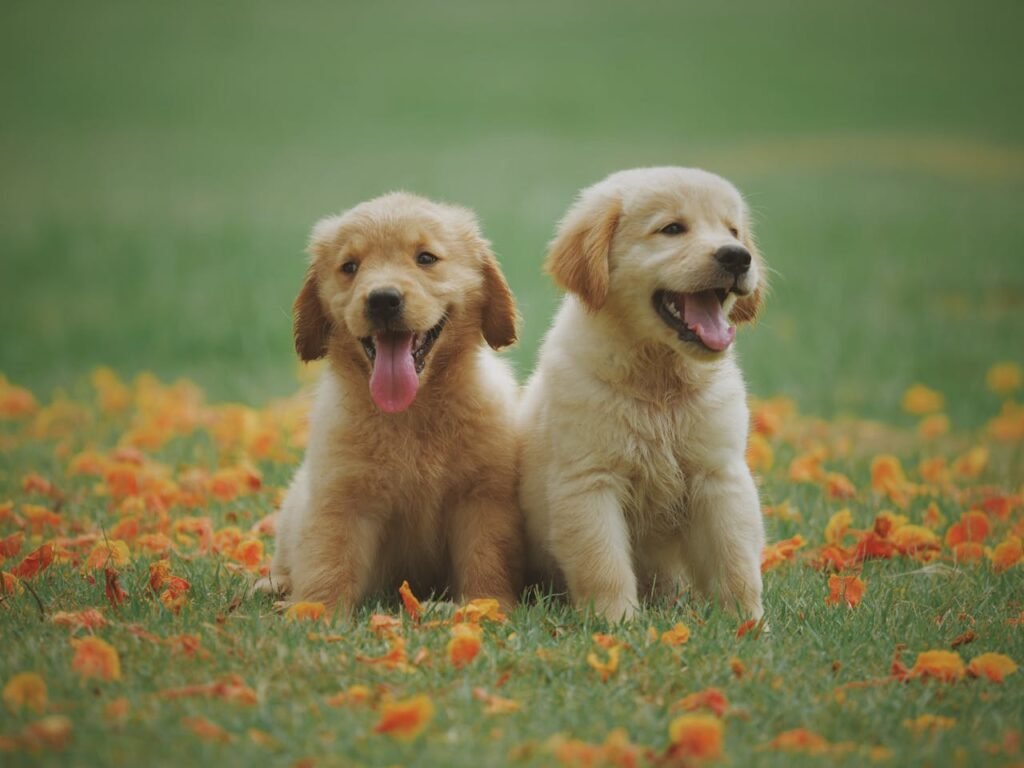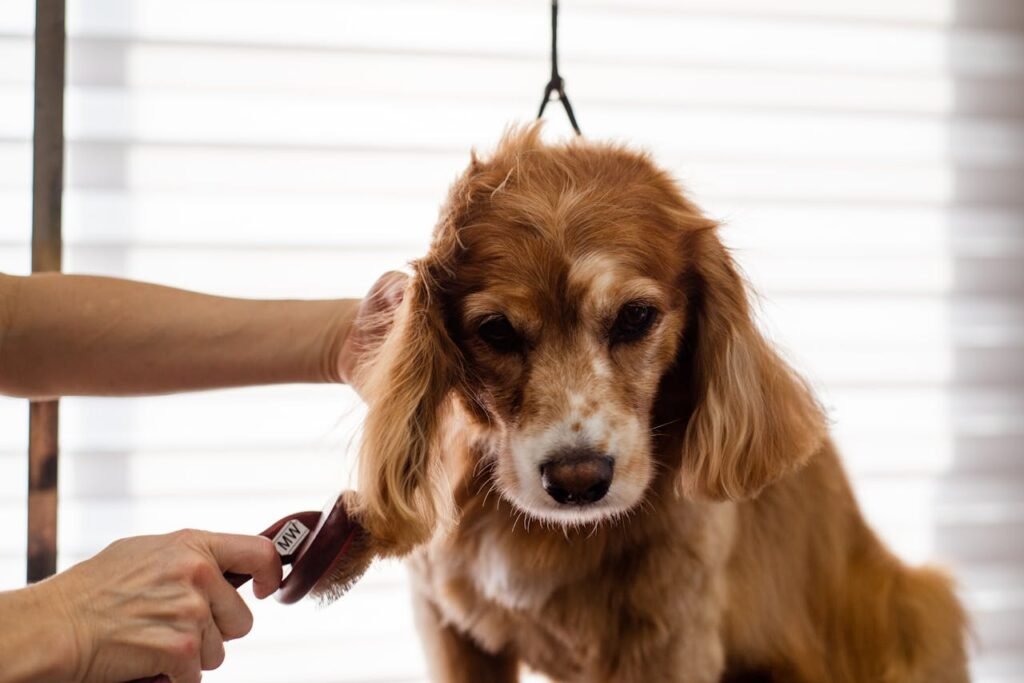How to Introduce Your Dog to a New Baby Step-by-Step. Wondering how To introduce your dog To a new baby? Our stepbystep guide makes it easy & fun for both your furry friend & your little one!
How to Introduce Your Dog to a New Baby StepbyStep
Understanding Your Dog’s Personality
Before diving into introductions. Knowing your dog’s temperament plays an essential role. Each dog possesses a unique personality. Some may exhibit excitement. Confusion. Or even anxiety when faced with a new addition to family. Observing your dog’s behavior and gauging reactions can provide insights on how best to approach this new scenario. Calm dogs may adapt quickly. While more anxious breeds could need extra care during this transition.
As an owner. Taking time to understand triggers and stressors presents an opportunity for smoother interactions. Dogs may need boundaries set. Especially regarding personal space when dealing with a newborn. Recognizing signs of discomfort. Like growling or hiding. Becomes crucial. Such signs indicate your dog may need more time or a gradual introduction style.
Considering prior experiences with children might help. Too. If your dog has had positive encounters with kids. Excitement might outweigh nervousness. However. If there have been negative associations. Developing a plan to counteract past experiences remains vital for successful integration.
Preparing Your Home for a New Baby
Environment plays a huge role in readiness for introducing pets and children. Creating a petfriendly zone allows dogs a safe space during baby’s arrival. This area would serve as a retreat. Minimizing anxiety for canines. Ensure spaces are free from baby items initially. Familiarity helps calm nerves. Letting dogs adjust slowly without overwhelming stimuli.
Additionally. Consider babyproofing areas where pets may roam. Keep hazardous objects. Such as cords or small toys. Out of reach. This precaution protects both baby and dog. Ensuring safety across households. Lock away valuables. Medications. And anything that could harm curious pets or infants.
Implementing gradual exposure to baby gear helps familiarize dogs with new objects like cribs and strollers. Allow them sniff these items while offering treats. This positive reinforcement builds acceptance. Easing any apprehensions your dog may feel toward unfamiliar objects. Before baby arrives. Continuing this process paves the way for smooth introductions.
Introducing Your Dog to Baby’s Scent
Before actual facetoface interactions. Introducing your dog to baby’s scent serves as a gentle first step. Create a calm environment during this process. Presenting items. Such as baby blankets. Provides dogs with familiar smells while allowing them time to adapt. Offering treats during this exposure helps reinforce positive associations with babyrelated scents.
After some time. Consider allowing your dog a supervised introduction to a sleeper garment. Like a onesie. This exposure helps develop familiarity with baby’s scent and ensures your dog begins recognizing new family member gradually. Engaging in this manner grants your dog an opportunity for exploration through smell. Paving the way for a more comfortable eventual meeting.
Utilizing positive reinforcement. Such as treats or praise. Encourages calm behavior. This practice creates an environment where your dog feels encouraged rather than threatened. Leading toward a smoother transition. Read more about this process [here](https://www.rover.com/blog/howtointroducedogbaby/).
Supervised First Meeting
When ready for that first meeting. Ensure both baby and dog remain calm. Consider crating or leashing your dog. Providing control over their initial reaction. Allow baby to rest in a safe location. Like a crib. While you bring dog into the room. Begin with slow introductions. Allowing your dog time for exploration without overwhelming them.
Pay close attention during this meeting. Look for signs of anxiety or excitement. And remain ready to redirect if necessary. Offering treats to your dog while maintaining space between dog and baby establishes positive experiences. It aids in further promoting acceptance during this vital moment. Just remember. Patience proves essential while observing how both parties react.
For extra guidance about managing this first encounter. Explore [this resource](https://www.parents.com/parenting/pets/babies/howtointroducedogsandbabies/). Gathering knowledge from trusted sources expands understanding and helps form a successful introduction plan.
Establishing Boundaries
Boundaries matter when integrating a dog and a newborn. Establishing these guidelines minimizes stressful encounters. Ensuring your dog knows which areas remain offlimits fosters a sense of security for both dog and infant. Using baby gates or other barriers helps maintain boundaries as you navigate periods of adjustment.
Creating specific spaces for baby gear. Such as play pens or cribs. Ensures a defined area. Dogs should learn these are nogo zones unless explicitly invited. Practice boundary reinforcement through consistent behavioral cues. Using commands like “leave it” or “stay” reinforces those rules effectively.
Being proactive with boundaries builds trust between your dog and baby. It assures your dog understands expectations throughout this transition. Clear communication ensures smoother interactions as everyone adjusts. Leading to a happier family dynamic.
Encouraging Positive Interactions
Fostering a relationship between dog and baby remains key for happy coexistence. Supervised interactions allow both parties to become acquainted over time. Encourage positive touch by placing favorite toys or treats within baby’s reach. This approach creates opportunities for baby and dog to learn trust while developing bonds together.
Engaging in activities. Such as gentle interactions while baby rests in a safe environment. Builds positive experiences. Baby’s coos or giggles can elicit curiosity from your dog. Making moments joyous for everyone involved. Consistency with positive reinforcement helps shape future interactions. Establishing an environment of safety.
Never underestimate simple moments shared between pets and children. A calm atmosphere nurtures lasting friendships. So savor early steps toward integration. Involving pets during playtime or other family routines leads towards strengthening connections among family members.
Monitoring and Adjustments
Regularly monitoring interactions remains critical throughout adjustment phases. Look for signs of discomfort or anxiety from either side during shared time. Adjust approaches as necessary; sometimes a slower pace may benefit everyone involved. If any signs of aggression or fear arise. Separate them and reassess previous strategies.
Revisiting established boundaries and consistently reinforcing them can prevent misunderstandings. Observing your dog’s behavior during interactions helps gauge their comfort level. Should anxiety arise. Prioritize additional calming techniques. Creating safe spaces. Maintaining predictability. And minimizing stressors shape ideal environments.
Additionally. Investing time into training reinforces a sense of discipline. Commands help structure interactions while allowing everyone involved to understand expectations. Making adjustments as needed fosters confidence for your dog and baby alike. Facilitating smoother coexistence.
Building a Lifelong Relationship
Transitioning from a household with pets into one that includes a baby requires patience and commitment. Developing a relationship built on quality time cultivates trust between dog and infant. Consistently guiding interactions helps create a positive bond. Fostering a nurturing environment as the baby grows.
As experiences shared deepen. Ensure ample space for pets. Dogs need their time alone. Even amidst family gatherings. Prioritizing individual needs fosters respect. Maintaining healthy boundaries and partnership. Showcasing love for both dog and baby cultivates balance in your home.
Each family member contributes unique qualities. Learning. Listening. And understanding one another allow everyone. Including furry friends. The opportunity for happiness. Prioritize gradual introductions and respect for varying personalities. Leading towards a harmonious home where love thrives.
Comparison Table of Introduction Techniques
| Technique | Description | Emojis |
|---|---|---|
| Gradual Smell Introduction | Introduce baby’s scent slowly to the dog. | 👶🐶 |
| Controlled Supervision | Supervise first interactions securely. | 👀🔒 |
| Set Boundaries | Create defined spaces for safety. | 🚷🏡 |
| Positive Reinforcement | Use treats during encounters. | 🍖👍 |
| Consistent Monitoring | Observe reactions and adjust methods. | 👨⚕️🔍 |
Throughout this journey. Personal experiences shape perspectives on introducing pets and newborns. Balancing love. Patience. And discipline ultimately creates an environment where both thrive together. By approaching this transition thoughtfully. Every member of family finds happiness.
For more helpful information on pet care. You can visit Haven for Pet Care.
Wondering how To introduce your dog To a new baby? Our stepbystep guide makes it easy & fun for both your furry friend & your little one!

How should I prepare my dog for The arrival of a new baby?
Begin by gradually introducing your dog To baby sounds & smells. Use recordings of baby noises & baby lotions To familiarize them with what To expect. Additionally. Establish a designated area for The dog where they can feel secure & comfortable during The transition.
What steps should I take when bringing The baby home?
On The day you bring The baby home. Allow your dog To first smell a blanket or piece of clothing that The baby has used. When introducing The baby. Do so calmly & associate The baby with positive experiences such as treats & praise for your dog’s good behavior.
How can I ensure a safe introduction between my dog & The baby?
Always supervise interactions between your dog & The baby. Keep The dog on a leash during The initial introductions To maintain control, & gently guide them away if they become too excited or curious. Make sure The baby is in a safe position. Such as in a crib or in your arms.
What should I do if my dog shows signs of jealousy or distress?
If your dog shows signs of jealousy. It’s essential To give them attention & reassurance. Continue To engage in their routine & ensure they receive regular exercise. Gradually include your baby in your dog’s activities. Allowing them To grow accustomed To each other.
Conclusion
Introducing your dog To a new baby can be a smooth process with a little planning & patience. Start by familiarizing your dog with The sounds & smells of The baby before The arrival. Gradually introduce them in a calm environment. Keeping The dog on a leash for safety. Always supervise their interactions & reward your dog for good behavior. Remember. It’s all about creating a safe & happy environment for both your baby & your furry friend. With love & care. They can develop a wonderful bond that lasts a lifetime! Enjoy this exciting new chapter together!


